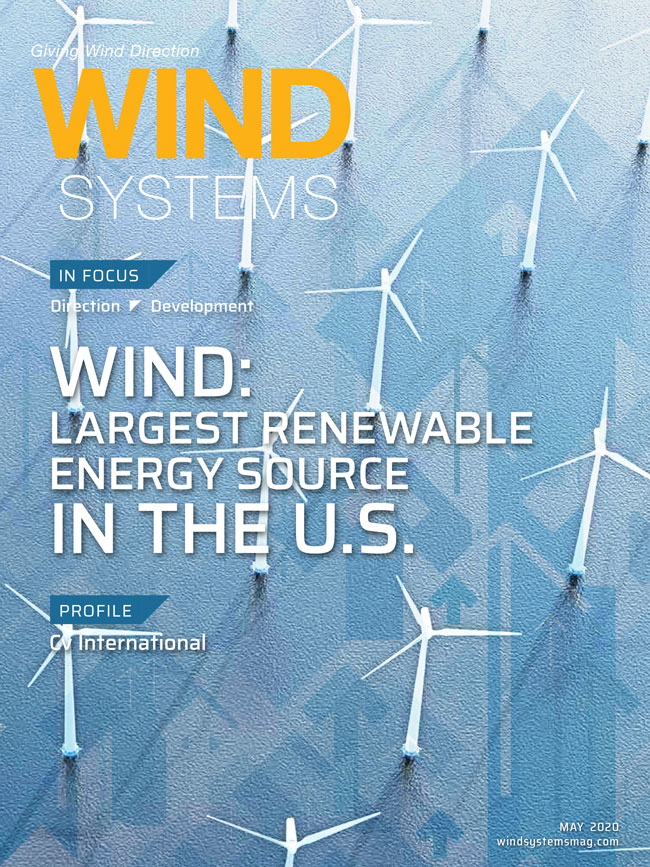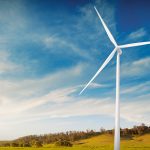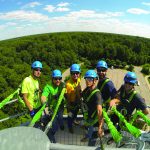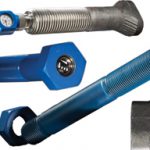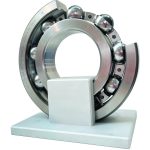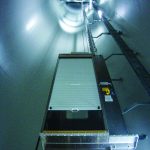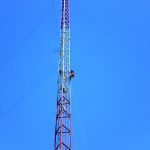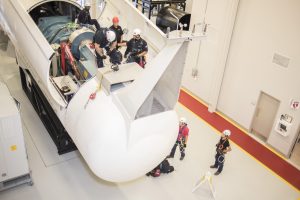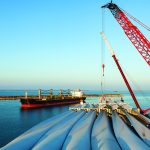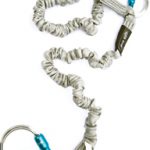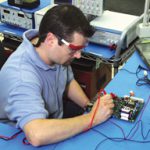Companies within the wind industry are — more often than not — environmentally conscious, but Cv International (Cvi) takes its social responsibility a step further: The nitrogen-servicing business is a Service Disabled Veteran Owned Small Business.
“The majority of the ownership falls into the disabled vet category,” said Cv International Chairman Dan Warden. “We hire a lot of veterans on our workforce as well. We’re proud of that, and we give back to numerous veteran foundations — one, in particular, the Valor Foundation, supports veterans and first responder causes.”
In addition to hiring veterans, Cvi is partnered with Pacific Power making the company 100 percent powered by wind energy, according to Chris Hardy, director of sales.
“We just wanted to bring it around full circle,” he said. “We believe in it; we support it, and it just makes sense.”
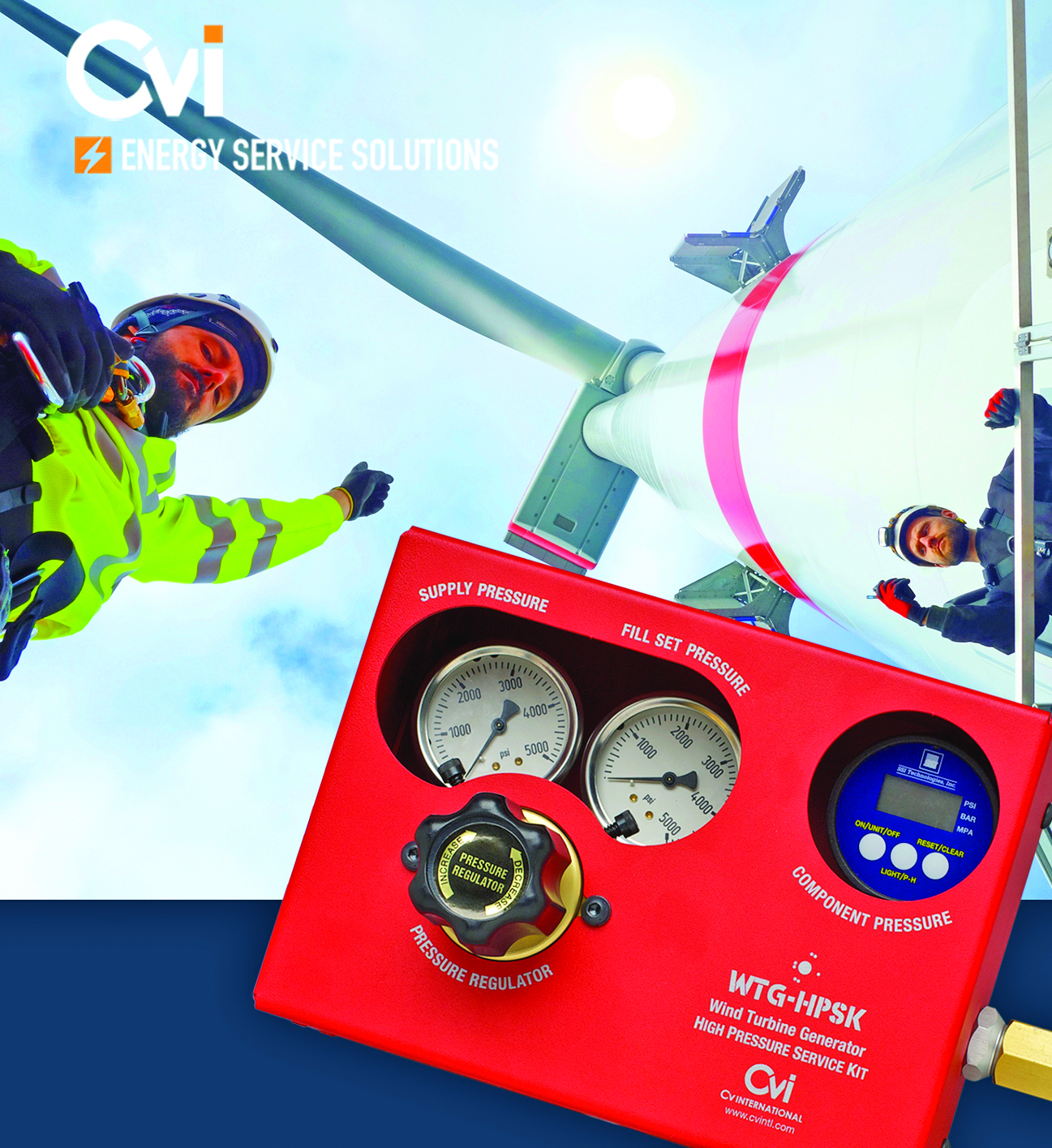
Wind Tech Safety
Among Cvi’s products and services is the WindKit, a portable nitrogen delivery system designed with a wind technician’s overall safety in mind.
As part of a turbine’s maintenance cycle, nitrogen is used in the turbine’s accumulator because it is an inert high pressure gas.
The challenge arises in how to get the nitrogen hundreds of feet into the air. Cvi had already made a name for itself in the aerospace world by designing a mobile nitrogen generation system for the U.S. Army in the early 1980s. So, when Vestas contacted Warden about designing a system to more efficiently transport nitrogen to a turbine nacelle, he said it was an easy decision to expand the company into wind.
“Vestas out of Portland contacted me and said, ‘We have these accumulators in the top of the turbines that need to be charged with nitrogen. Currently we’re hauling large 350-pound bottles up to the top of these turbines, and we’ve had multiple injuries,’” he said. “We took a product that we had for aviation called our nitrogen backpack charging system, which basically is a bottle, it looks like a scuba system or a fire protection breathing air system that the firefighters use, and we redid that system so they could use it up in the wind turbine. It’s a cylinder that they hang from a beam in the turbine. Then, with our valves and regulators for safety purposes and a long hose, they’re able to recharge the accumulators, and it’s a much smaller and lighter bottle.”
The bottle itself weighs about 10 to 15 pounds versus what was weighing upwards of 300 pounds, according to Warden.
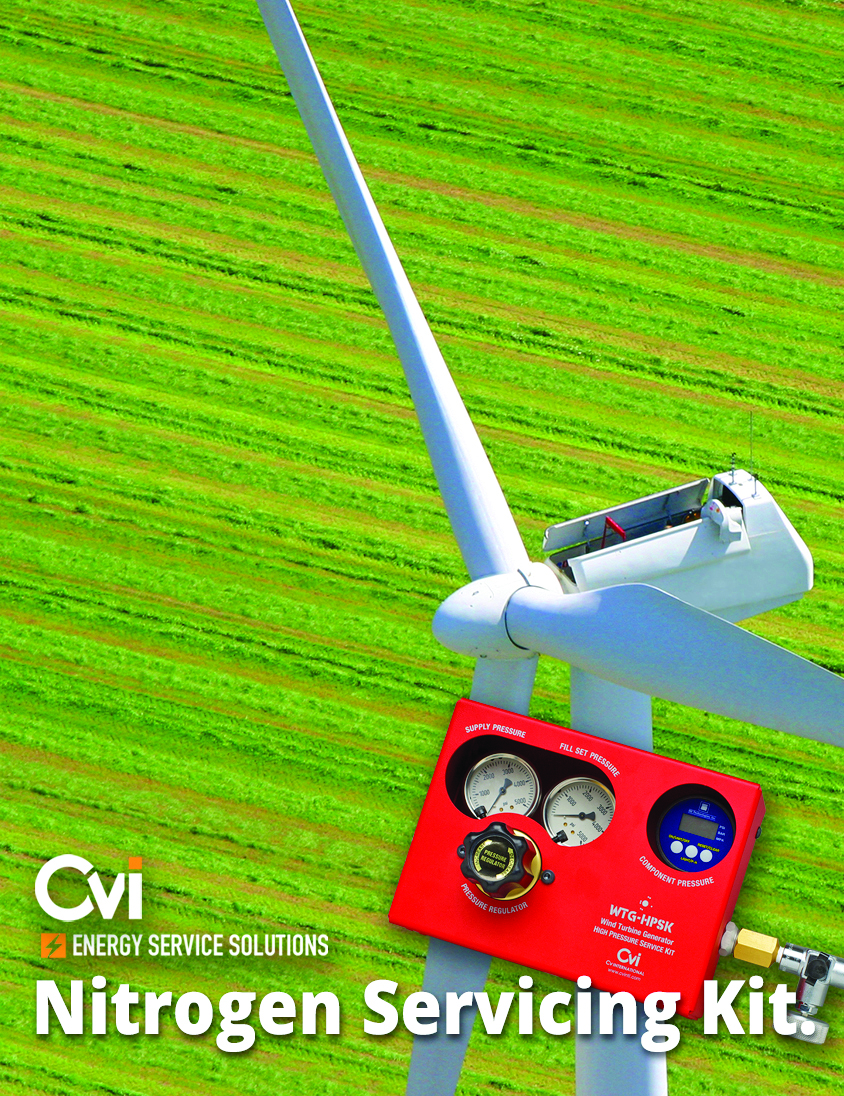
Small But Innovative
Since working with Vestas, Cvi has grown its portfolio to include more wind companies, including E.ON, Avangrid, EDF, EDP, and Seimens.
Because of that, Cvi has grown every year since it opened its doors, according to Warden.
“We’re now about 35 employees doing annual revenues between $25 (million) and $30 million,” he said. “We’re a small business, yet we’re very innovative. We like to work with customers that have a problem and come up with a solution for them. We really don’t take a cookie-cutter approach to anything that we do, which makes us different. We have a full cadre of professionals. We have three mechanical engineers, two of which have their PE license. We have some first-class folks that are doing a lot of our CAD design, and we also have a graphic designer on the team. Then, we have a welding staff, machine shop, assembly, and installers all on our team. We outsource very little, which allows us to keep the costs down and the quality high.”
Because of that, Warden emphasized Cvi’s customers come first, with the company’s employees a close second.
“We take care of our employees because if we take care of our employees, our customers are going to be taken care of,” he said. “That’s our philosophy. We really listen to what the customers’ needs are. We try to come up with that solution for them that best fits their need at the time.”
Hardy agreed with Warden’s sentiment.
Working Closely With Customers
“If you go to our website, it says right on the home page, ‘Global challenges, innovative solutions,’” he said. “This is kind of echoing what Dan was saying as far as our ability to shift and move for our customers and get them what they need in the end because we have a machine shop; we have engineering; we have everything that it takes to get the job done, and any kind of challenges that come up, we meet head on.”
Not only does Cvi work with its customers, it actually teams up with them, according to Hardy.
“We team up with these companies,” he said. “We partner with them and work through the issues. By having this full engineering team and a machine shop, we have the ability to work through issues hand in hand.”
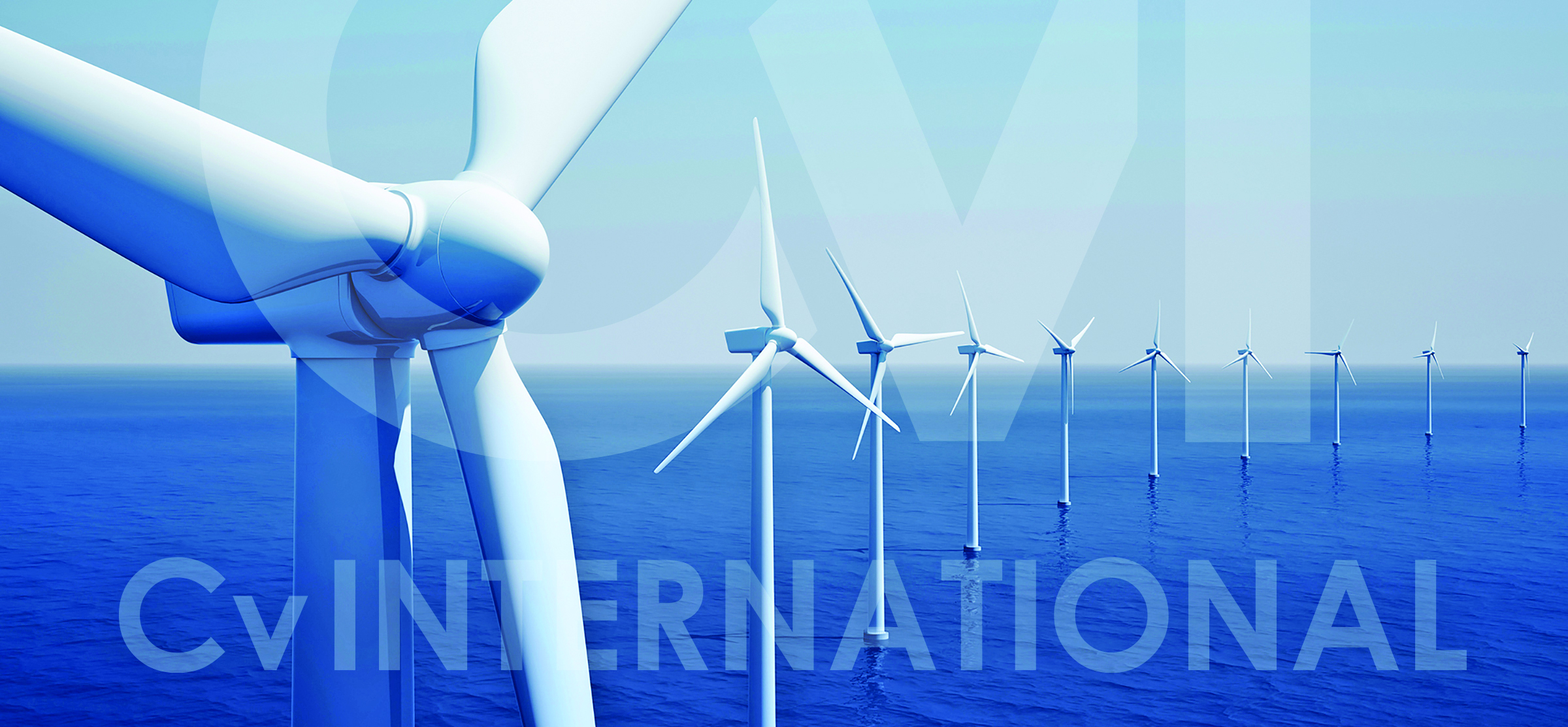
Warden used E.ON as an example of how Cvi works with a customer in order to obtain the optimal results.
“E.ON is a big company in the servicing industry, and they were having some real hard times with some of the different models of accumulators up in the top of these towers,” he said. “We tried to come up with a package for them so that they have a kit when they go in the top of the tower. They don’t have to go back down and get another fitting or another adapter. We’ve come up with a kit that has the various types of fittings. Where before, they’d have to stop and order a fitting. We’ve helped them solve that problem, and it’s saving them time and money.”
Because Cvi worked with E.ON on that challenge, it was easy to adapt that same technology for other wind companies, like Vestas, according to Warden.
“We basically had Vestas’ solution for that problem they had in 2011 in about 60 to 90 days,” he said. “Because we were able to take a product that had already been in the market in aviation, and we did some testing and modifications with it and then we presented it to Vestas and they were blown away because, again, we’re pretty nimble because we’re a small business. We can get things done a little bit faster. It doesn’t have to go up the corporate ladder and get 10 and 20 approvals.”
Extensive Military History
Cvi has a long history with the U.S. military, according to Hardy, which has been a huge boost to Cvi’s innovative spirit.
“We’ve been dealing hand-in-hand with the U.S. military for over 30 years, helping them with their issues,” he said. “That’s where this equipment came from. It was born in the deserts of Iraq and eventually has transformed and made it into the wind-farm fields of America.”
And Warden said Cvi isn’t afraid to invest when the need presents itself.
“We’re not afraid to spend money to help a customer, as long as we know at the end that it’s going to be a product they can use and one that eventually we can sell to others,” he said. “We’re willing to invest money on the front side for development. Most companies our size do not have one or two mechanical engineers on staff, where we have three, plus two CAD guys, so we invest up front to get a solution to the customer.”
Offshore Outlook
With the prospect of U.S. offshore wind increasing, Warden and Hardy are both excited about what Cvi will be able to offer.
“Because we are steeped with the military in high pressure nitrogen generation and servicing, we feel that we are positioned perfectly for this new sector,” Hardy said. “As we move from land-based wind farms to offshore wind farms, with our knowledge and our ability in high pressure nitrogen generation and servicing, we’re right at the top of the class when it comes to this.”
Warden points out that with land-based wind farms, the nitrogen is brought in as a big bank of cylinders, which is used to fill the WindKit bottles where they eventually end up at the top of a turbine for servicing.
However, with offshore wind, a nitrogen generator will be more advantageous to that environment.
“In offshore, we’re going to be able to give them a total package, total solution,” Warden said. “In other words, we have nitrogen generators that make the nitrogen. They can put that on a servicing ship that services the offshore sites when they use our WindKit to actually fill the accumulators. We’re one of the few folks in this industry that has a total life cycle of nitrogen solution.”
Circling Back to Safety
The bottom line is wind is going to be an essential part of all energy solutions going forward, and Warden said a WindKit will be not just an important tool for sake of efficiency, but it can be a vital tool to the safety of the actual wind technician.
“We’re just going to continue to improve the product and try to get the word out,” he said. “We’re only working with a handful of servicing groups, but we’d like to get the word out a little better so that they understand that this is an alternative, and it’s a safe alternative, and it’s about the safety and health of those folks that are working on those sites. That’s what this product does.”
With that in mind, Hardy pointed out that Cvi is primarily focused on worker safety.
“Safety first is the biggest part, because you’re dealing with incredibly high pressures,” he said. “Whether you’re using our equipment or not, you’re dealing with high pressures. Our equipment just makes it a lot easier and a lot safer to deal with those pressures. It’s time savings as well. Our equipment allows these techs to get their job done a lot quicker.”



















